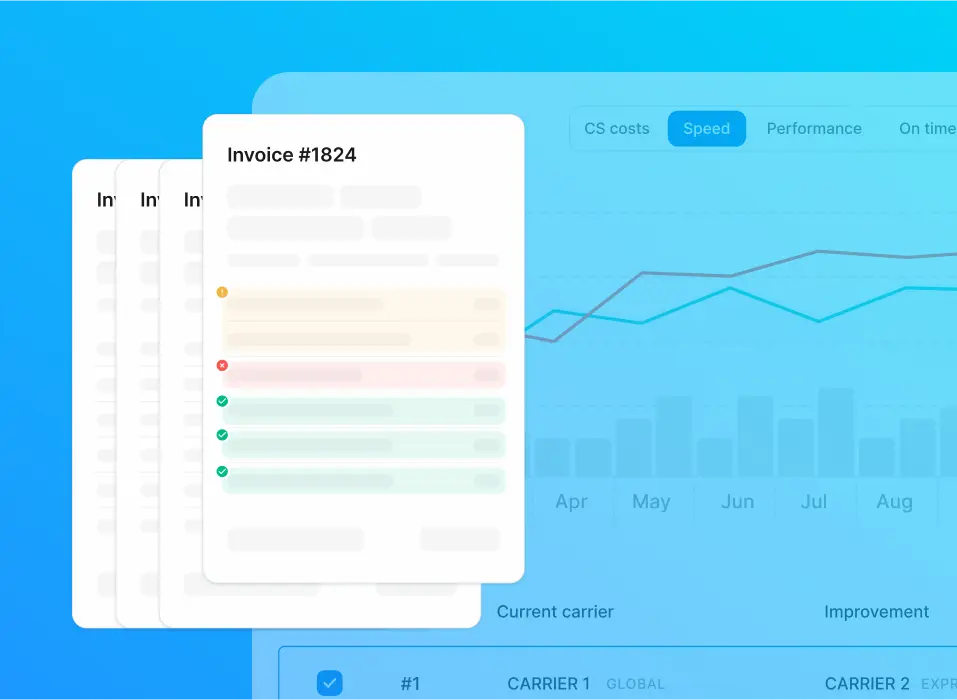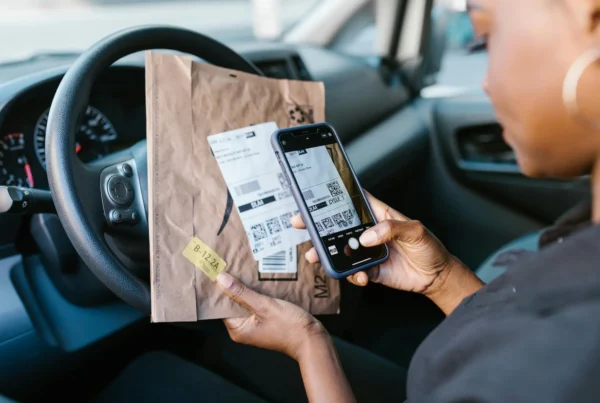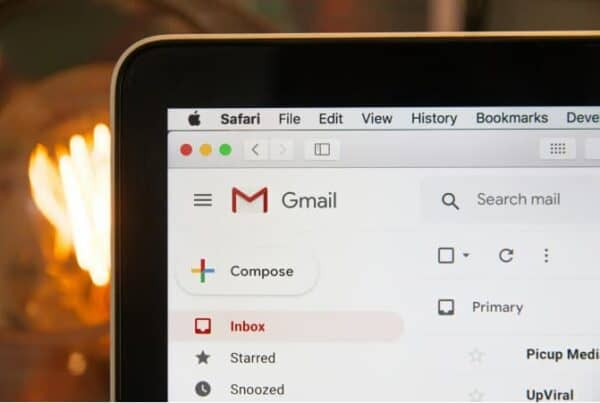Shipping and fulfillment are significant cost drivers in e-commerce, accounting for 15-20% of total net sales. Add the fact that sometimes shipping invoices are higher than expected and it feels like a financial nightmare.
Surcharges or missed delivery attempts can easily increase shipping costs. The worst part? It’s not always clear where these additional costs come from, and an average of 5% of parcels are invoiced incorrectly, leaving you in the dark.
This calls for a change. Let’s explore four different ways to detect hidden shipping overcharges and save on your shipping costs.
What causes hidden shipping overcharges?
It’s a no-brainer that saving on shipping costs has a significant impact on your profit margins. But, if you don’t have smart data at hand to verify that all elements on the invoice are correct, it can be quite a challenge.
Let’s take a look at how hidden overcharges can occur and see how you can identify and eliminate them once and for all.
3 common types of hidden charges
By 2025, the global e-commerce market is set to reach a staggering $4.8 trillion, with nearly 23% of all retail sales expected to happen online by 2027.
This also has an impact on shipping costs, because deviations can have multiple causes.
You can think of inaccurate pricing, surcharges, damages or losses, unforeseen circumstances in delivery, and more.
Let’s have a look at the three most common types of hidden charges to look out for.
1. Surcharges
Surcharges happen frequently, especially when you ship large volumes of parcels. It shouldn’t be a surprise to spot a surcharge on your invoice or even repeatedly receive the same surcharge. Surcharges are additional fees that carriers add on top of the agreed shipping price.
Some of the most common surcharges are:
- Fuel surcharges
- Seasonal surcharges
- Surcharges for private delivery
- Non-bendable packages
- Illegible addresses
- Incorrect weight classes
Most surcharges are calculated after parcels are processed, which has one big downside: they become less visible and can even appear on your invoice with a delay.
Want to avoid common surcharges? Make sure package dimensions match the printed labels.
In freight shipments, some surcharges are also called accessorial fees. This often happens when additional handling is needed due to the size, weight, or packaging of the item.
A lift gate is another example of a special service, as the carrier must pick up or deliver packages to a place without a shipping dock.
2. Inaccurate data
Inaccurate data and incorrect calculations also contribute to hidden overcharges, and they’re not easy to track either, making it an expensive and tricky process
Some mistakes related to inaccurate data are:
- Incorrect exchange rates (when shipping internationally)
- Wrong calculation of weights, parcel/pallets numbers
- Duplicated shipments on the same invoice
- Contractual errors leading to differences in the negotiates versus invoiced rates
- Missed volume discounts leading to paying too much (when more was shipped) or paying a free because the volumes weren’t met
3. Unmet delivery promises
Last but not least, unmet promises contribute to higher shipping costs. Unmet delivery promises refer to shipments that weren’t delivered within the agreed time frame.
Imagine 20 of your parcels were supposed to be express shipments. If they were delivered after 24 hours, you could have saved money by choosing a standard shipping method instead of a premium one.
Premium delivery is expensive, especially for international shipping. You also need to spend time addressing customer complaints and providing solutions to ensure they receive their orders timely, which impacts your revenue too.
And the worst part of it all is, if you don’t have the right software to identify these unmet delivery promises, you’ll never know if you’ve paid too much.
4 ways to detect hidden shipping overcharges
Now that you know the most common reasons for hidden overcharges, it’s already easier to spot them. But what options do you have to ensure all your carrier invoices are checked at all times? You have several options to run parcel audits, which we will explain in detail to help you make the decision that best suits your business.
1. Run manual audits
Running manual audits will likely be the least favorable option as it can be a daunting task. That’s probably also the reason why checking invoices is often neglected. Depending on your company size and the number of parcels you ship, it may be a feasible option.
Here’s a step-by-step process on how to manually check your carrier invoices using Excel:
- Review invoice details: Check the invoice number, dates, items, and prices.
- Verify shipment counts: Ensure the total number of parcels shipped aligns with the scanned events.
- Check dimensions and weight accuracy: Compare the labels you created with the provided dimensions and weight.
- Review surcharges: Identify service level charges and other surcharges mentioned on the invoice and analyze them thoroughly. If the total amount is higher than on any other invoice, consider double-checking the invoice and carrier contract.
- Audit for duplicate charges: Identify duplicates which might be the easiest task to perform manually.
- Cross-reference with tracking data: Compare a comprehensive overview of your tracking data with the invoice to identify any outliers.
This process can easily lead to a high workload for one of your team members. Luckily there are multiple smarter ways to run parcel audits.
2. Use parcel audit software
With millions of parcels being shipped by different carriers, software has become increasingly intelligent. Parcel audit software can be a real lifesaver in this case. This software is capable of cross-checking shipments based on your carrier contract, order, and parcel data.
Parcel audit software automatically identifies mistakes and overcharges on your invoice. But that’s not all. It also integrates various data sources to conduct audits and provide valuable insights:
- It combines multiple data sources such as invoices, contracts, and tracking information.
- It provides detailed information on the invoice, including surcharges, incorrect charges, duplicates, and more.
- It verifies shipments and checks if they were delivered as expected.
- It reports on incorrectly charged shipments and forecasts shipping costs for the future.
- It offers insights on how you can potentially reduce shipping costs based on volumes and shipping conditions across multiple carriers.
With parcel audit software, like our shipping intelligence solution, you know if you pay too much, you can improve financial reporting and save on your shipping costs in general.

3. Collaborate with a third-party auditor
Another option to run parcel audits for your e-commerce shipments is to outsource it fully.
Third-party auditors use their own proprietary software to run an audit on shipping invoices.
They often also take the responsibility of applying carrier refunds. Some of the data third-party auditors check is:
- Late deliveries
- Lost packages
- Duplicate billing
- Address correction charges
- Incorrect size and weight charges
- Missed discounts
Third-party auditors often specialize in specific carriers. If you’re shipping with multiple carriers, make sure their expertise matches the carriers you use. It’s also wise to consider their rates, as hiring an auditor can be expensive and might negate any savings.
4. Forecast future growth
This might not be a practical way to audit your invoices, but it can definitely help to cut costs and prevent overcharges. By forecasting future growth, you can make estimates on your shipping volumes, allowing you to negotiate better rates with carriers.
And what about more efficient shipping methods? If you know you’re going to grow in a certain country, you can look into 3PL solutions, local warehouses, or even directly sending parcels to local hubs to benefit from local pick-ups and shipping rates.
And there’s more. Here are some additional benefits of proper forecasting shipping volumes:
- With proper forecasting, it becomes easier to spot differences in projected versus actual shipping costs. Making it easier to spot discrepancies.
- Forecasting future growth also helps determine whether you need to invest in additional technologies or partners to reduce the risk of errors that can lead to inefficiencies or extra costs.
- Forecasting growth also supports timely delivery, avoiding stockouts and minimizing the risk of shipping delays or errors. If you’re going to ship way more to a certain destination, you might want to consider using the best carrier for that. Through carrier benchmarking, you can make the right decisions to avoid overcharges afterward.
By forecasting future growth you can make estimates on your shipping volumes allowing you to negotiate better rates with carriers and optimize your carrier portfolio.
Use invoice data to decrease shipping costs
Next to checking invoices when you receive them, you can also use them proactively to avoid future surcharges and mistakes, and optimize the delivery experience in general. Because using parcel data should go beyond simply tracking it.
Evaluate carrier performance
Invoice checks not only help you see if you’re paying too much but also allow you to evaluate carrier performance. If invoices continuously contain mistakes or numerous surcharges, you might want to consider using different carriers.
A practical example would be to examine all shipments that include surcharges. When parcel dimensions exceed certain limits, carriers often apply additional charges. Switching carriers might help cut costs when another carrier allows different dimensions or offers a specific shipping method for it.
While another shipment type might lead to higher costs, in most cases, the basic fee including surcharges is more expensive than shipping with a premium method that supports large parcels.
Monitor service-level agreements (SLAs)
We’ve mentioned this before, but checking invoices can help see if carriers keep their delivery promises. Especially with software that checks invoices, it combines carrier data with your contract to see if delivery promises were met.
If your carrier often doesn’t deliver on time and you have proof, you can use it to increase your negotiation power. Confront your carrier if it’s not keeping up with your agreement. You can also use the data to compare offers from other carriers.

How to automatically run parcel audits with Sendcloud’s invoice check
Want to automatically check invoices and use smart data to avoid expensive overcharges and cut shipping costs in general? At Sendcloud we’re convinced that guesswork shouldn’t influence your revenue.
That’s why our intelligent shipping software uses your own carrier contract(s) and data, combined with the largest dataset of European shipping events. Our invoice check feature helps you identify incorrectly charged shipments and provides insights into expected shipment costs, ensuring you never overpay again.
And that’s not all. We’re here to assist you in scaling every aspect of your shipping process with integrations with over 100 national and international carriers.
This enables you to ship efficiently to multiple markets and select the best carrier(s) for all your domestic and international shipments. With the shipping intelligence of our software, you can compare carrier performance and improve your overall delivery efficiency.
Request a free demo and discover how you can save up to 15% on your shipping costs by automatically checking invoices and optimizing your carrier portfolio.















